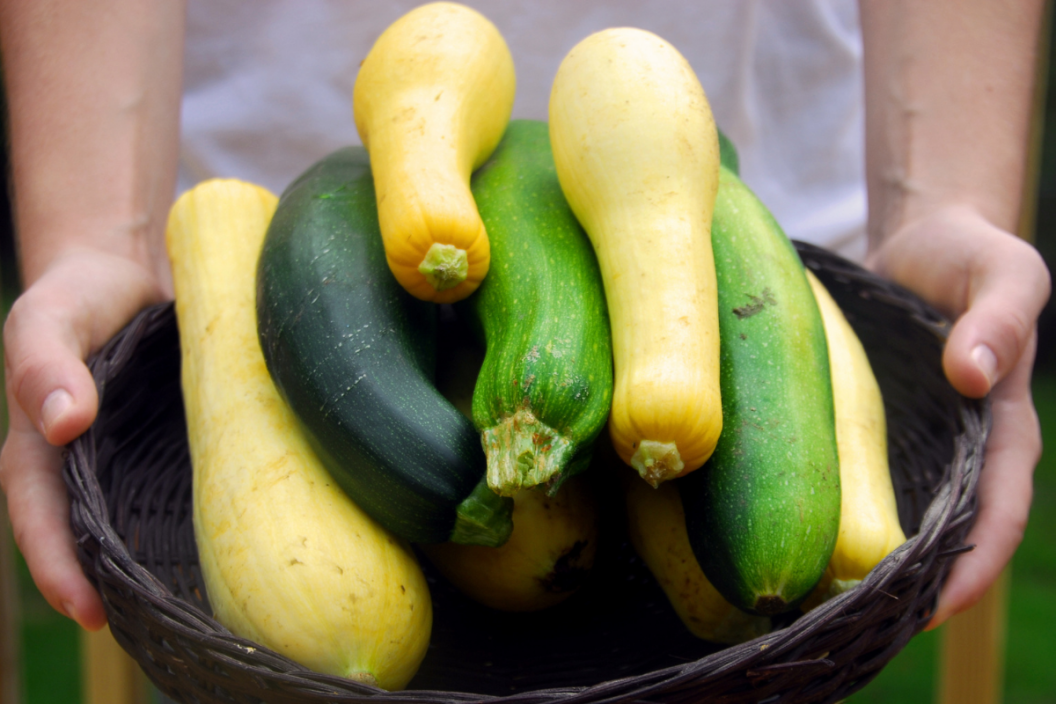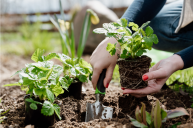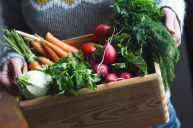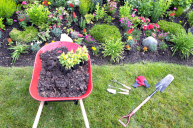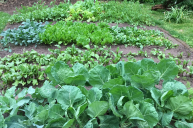Your strawberries and asparagus may be ready for harvesting, but now's also the time to get planting — again! The dogged summer heat hasn't settled in yet and growing your garden in June is a great way to prepare for the season ahead. Depending on where you live, you'll want to focus on different things when planting in June. While it may be a prime time for plantings in Midwestern and mountainous states with milder temperatures, gardeners in the South will need to pay close attention to the heat and UV index to make sure plants don't dry out in the sun.
Videos by Wide Open Country
The USDA has split the United States into different hardiness zones, which are used to guide farmers and gardeners when planning their gardens. Before you begin planting, be sure to take a look and identify which hardiness zone you live in. This will help you pick out what you want to plant in June.
Knowing what to plant in June will guarantee that you will have a successful, thriving garden — and be harvesting delicious homegrown fruits and vegetables all year long!
Colder Climates (Zones 2 and 3)
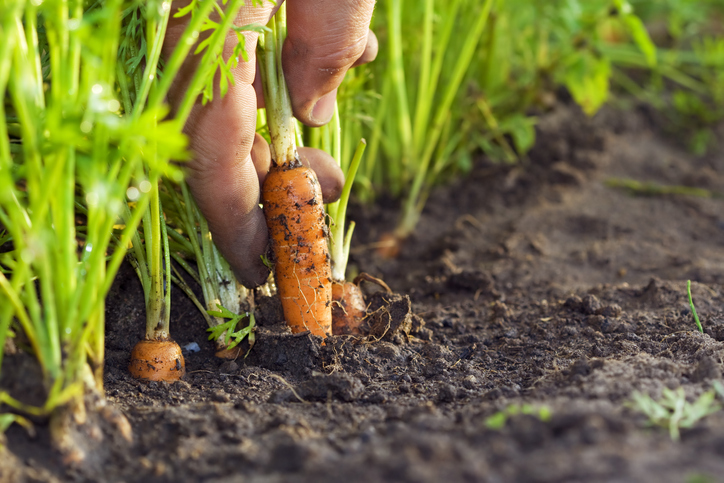
Getty Images
Gardeners and growers in places like Alaska, the Rocky Mountains, and Northern New England will want to pay attention to frosts and make sure their plants aren't at risk for late spring or early fall frosts. Since there is risk associated with the colder climate, planting hardier plants during this time of year will maximize your success come harvest time. Salad favorites are among some of the best produce to plant this time of year.
Radishes, carrots, and turnips all thrive in these conditions. Growers may also find that potatoes do particularly well this time of year. Growers and gardeners living in colder climates will want to focus on planting hardier plants, many of which are considered part of the winter harvest in other areas.
Cool Climates (Zones 4 and 5)
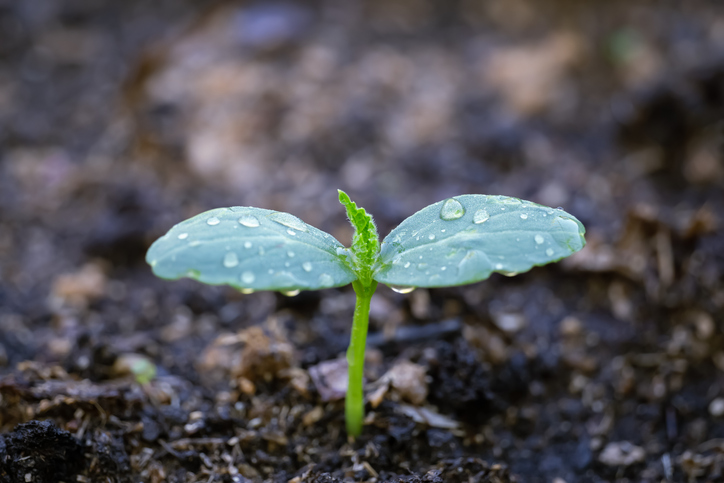
Getty Images
In places that are on the cooler side in the summer, like New England and the Northern Midwest, growers will want to consider how to navigate a summer season that may experience frost early before another warm period.
According to Gardening Know How, June is a great time to plant cantaloupe, pumpkins, and squash. Many plants that work in warm and hot climates can also be planted in these cool climates, as long as they are planted in between the last and first frost. June is a great time to plant many things in cool climates because it's warm and sunny enough to foster seeds into sprouts!
People in cooler climates may want to consider starting their gardens indoors, especially to get a big harvest in the late summer and early fall seasons. In these regions, gardeners can start plants like broccoli and cauliflower inside and then plant them outside in June.
Warm Climates (Zones 6 and 7)
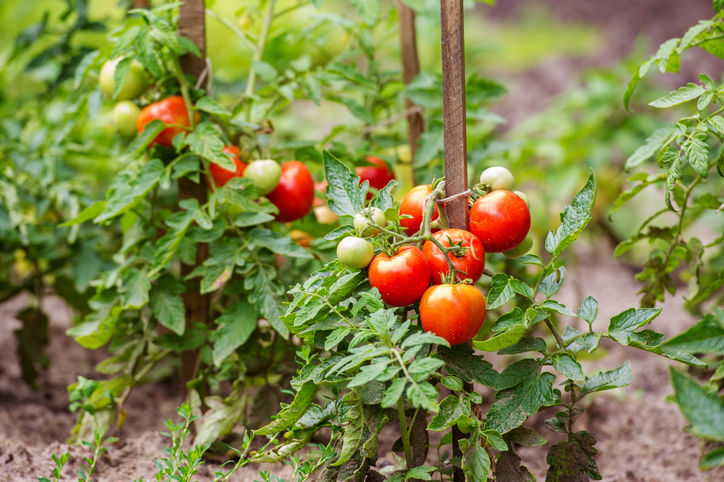
Getty Images
The Pacific Northwest, Northern California, and the Midwest are milder climates — not too hot, not too cold — and very good for growers and gardeners. Many of these places are agricultural powerhouses in the U.S., which definitely makes sense.
Many warm weather plants will grow well in warm climates. Gardeners should try tomatoes, eggplants, zucchini, summer squash, and cucumbers.
Of all the climates, the temperate weather of these regions should not be much of an issue in garden maintenance. Just like any good grower, though, pay attention to some potential dangers of the seasons like droughts or extreme heatwaves.
Hot Climates (Zones 8 to 10)
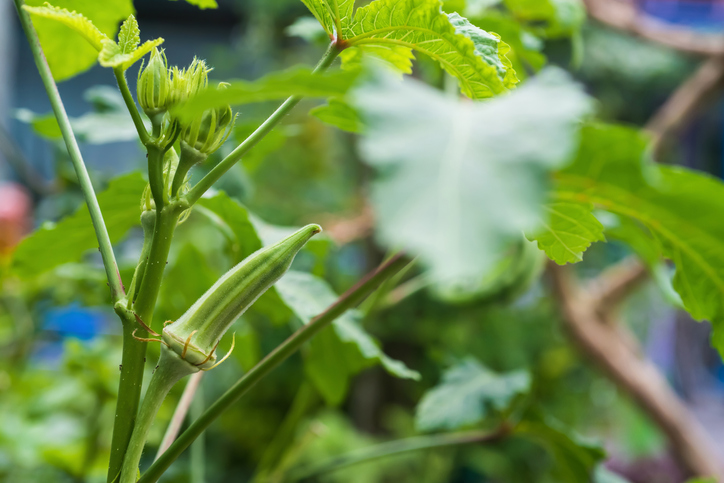
Getty Images
In hot climates, the biggest risk to planting in June is the heat and high UV index. Gardeners in the South, Southwest, and Hawaii will want to be cognizant of the damage heat and intense sunlight could do to their plants. Watering plants well and often is paramount here to ensure the best plant production possible.
Think of traditional hot summer day foods when planting your June garden. Staples like tomatoes and corn will thrive in hot climates. Okra, a traditional Southern vegetable that's delicious when fried, is also a good option. According to Clemson University, collards, kale, and leeks are also great options.
Growers in hot climates need to keep a careful eye on their plants. Even if an area gets a lot of rain during the hot season — like in the American South — you'll also want to be sure your plants aren't overwatered. Most thunderstorms in tropical and subtropical areas occur in the afternoons, so waiting until the evening after possible rains might be a good idea.
Get ready to plant in June! The garden is ready for any grower or gardener to get their hands in the dirt and start planting.
READ MORE: Don't Know When to Plant Your Garden? Use This Handy Calculator
